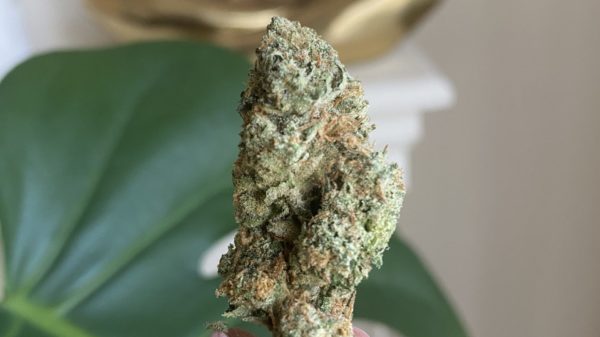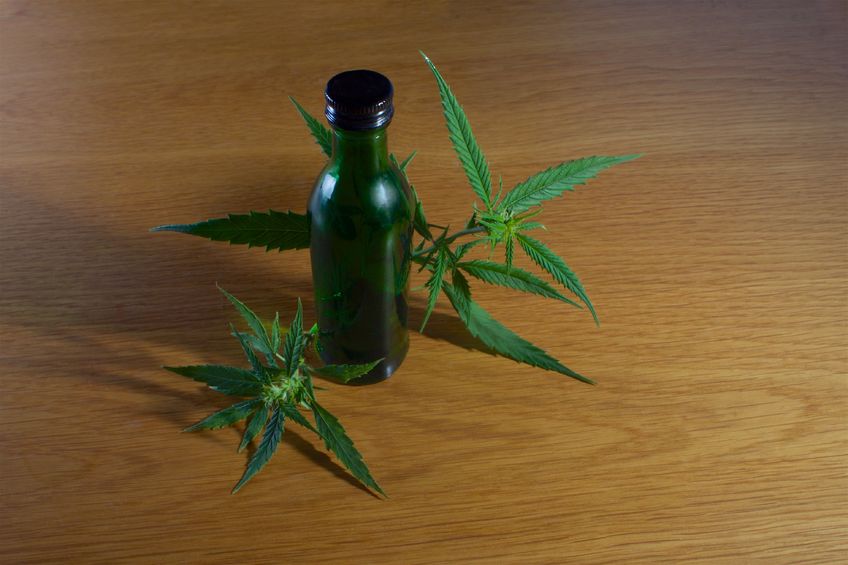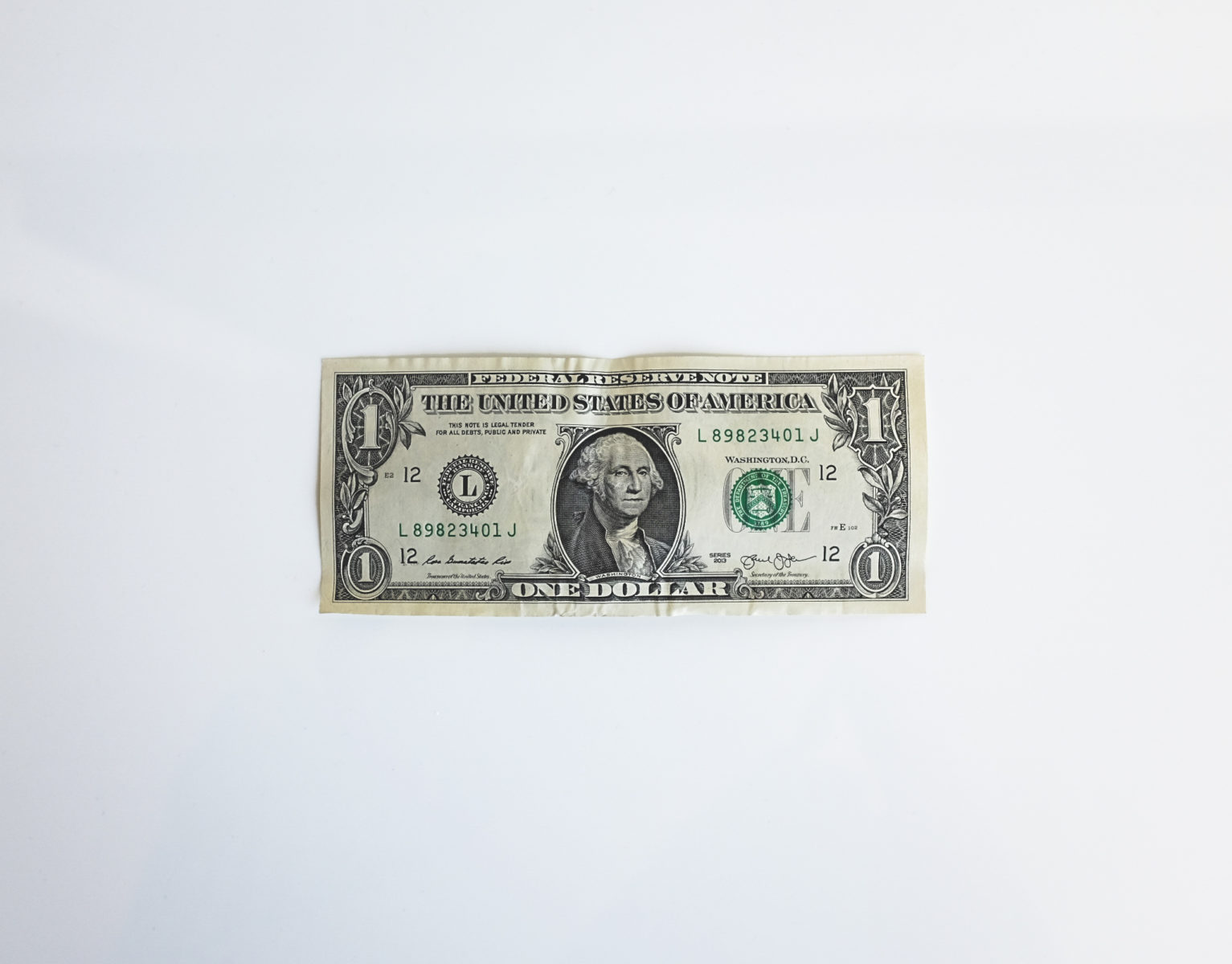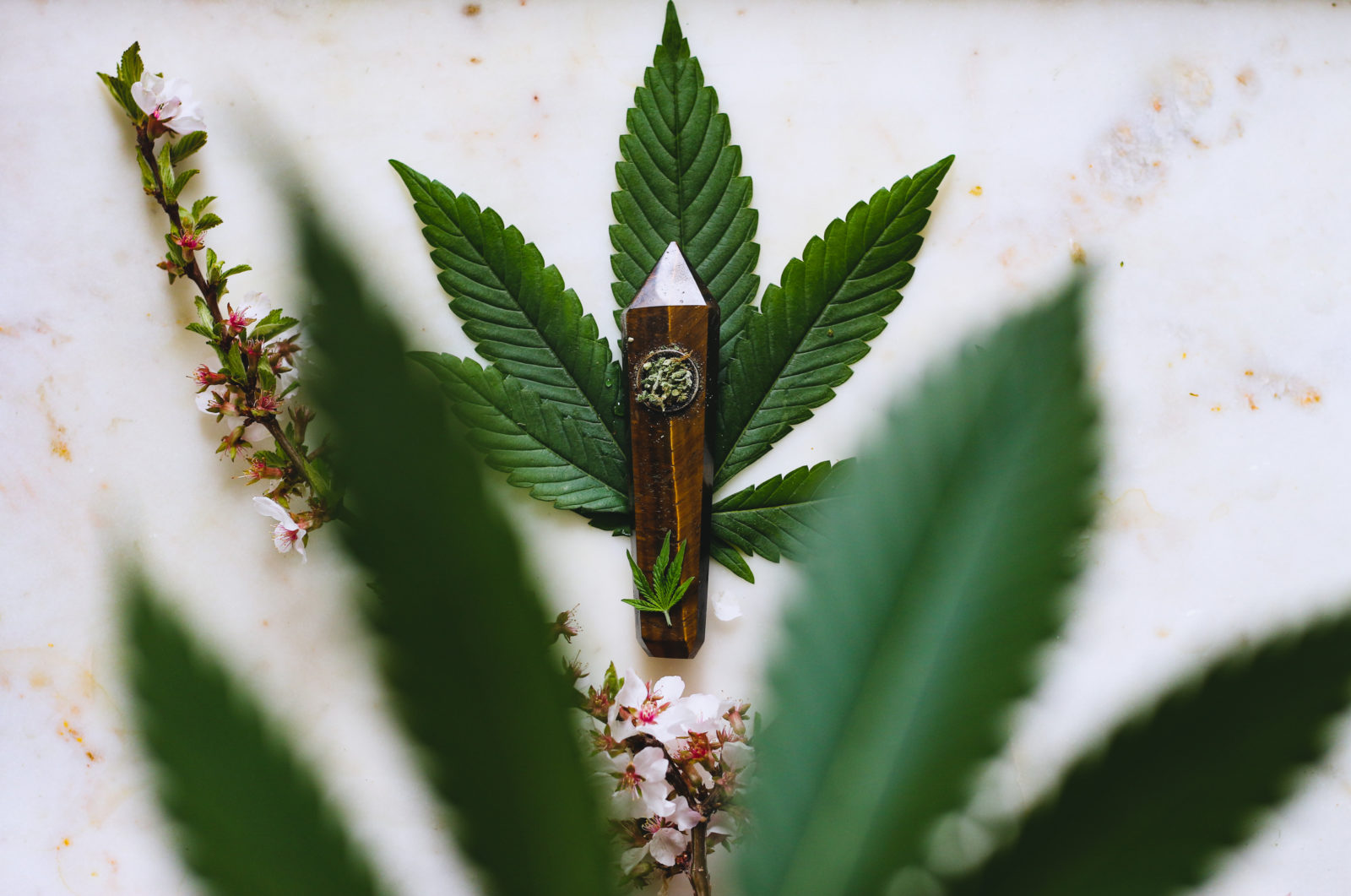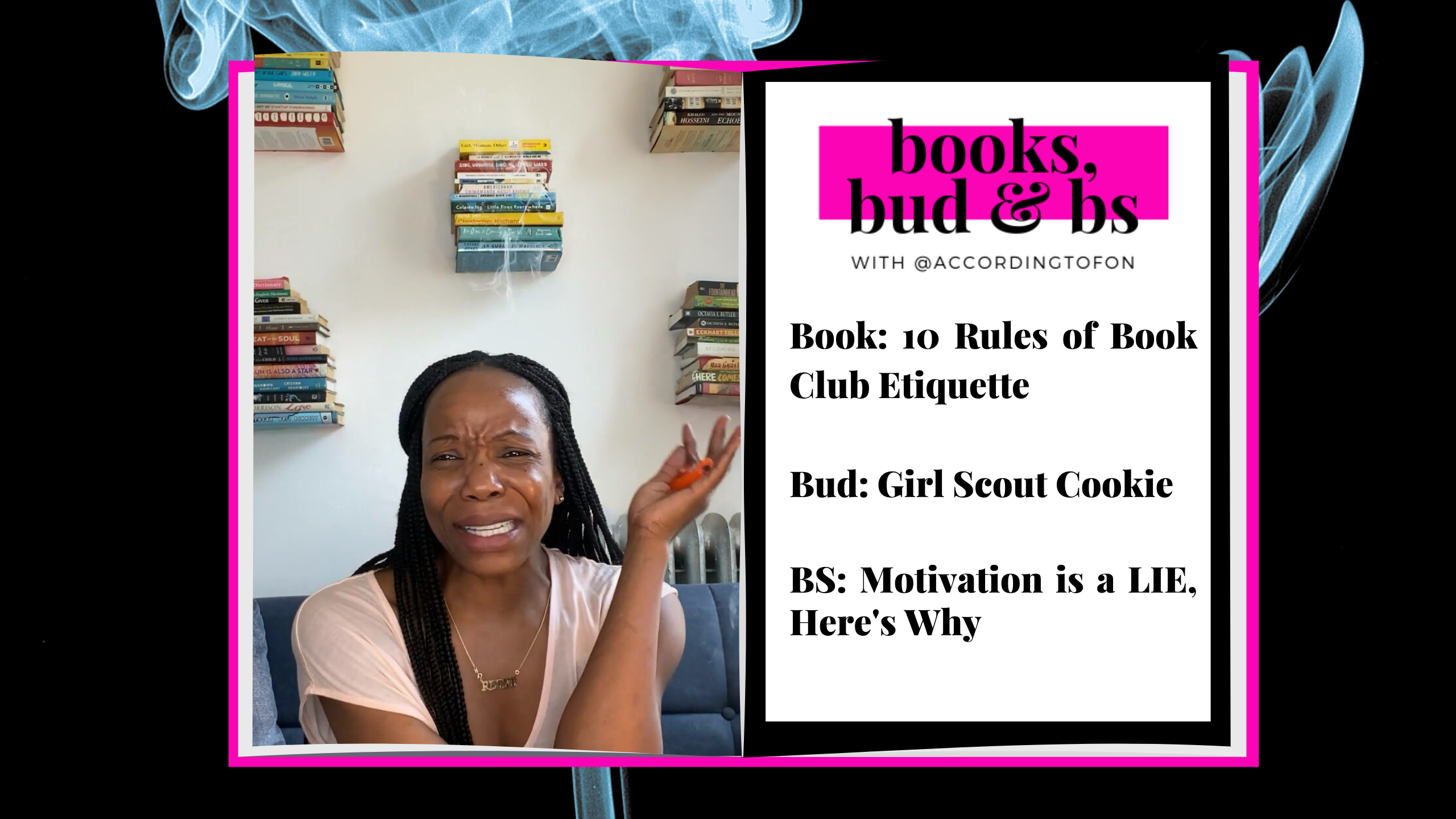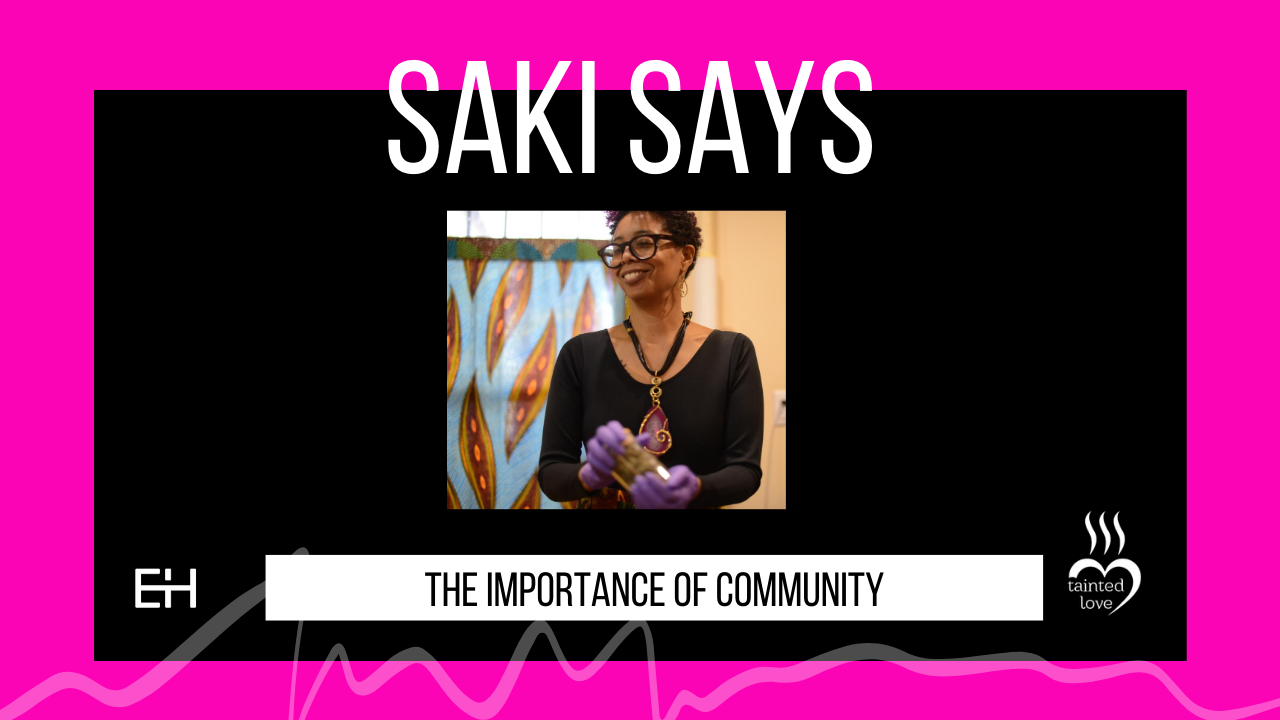While millions of people are fighting to get back the right to use a plant for healing or fun, others are still finding themselves wondering what went wrong?
The standard folklores for cannabis rejection floating around have all been heard. Marijuana kills people. Only criminals use the drug. The use of hemp could cut into the revenue of many businesses due to its variability (this one may be true).
Now that actual, intensive research is being done, finding facts and figuring out what should be tagged as fake news is less overwhelming. There is, however, importance in knowing who was behind the nonsense being spewed about cannabis in the first place, and how it came to be.
Cannabis has been around in the New World for hundreds of years. It wasn’t until the Marijuana Act of 1937 did this terrible prohibition form and snowball. The Marijuana Act of 1937 was based on hearsay and undetermined possibilities. While those who were for the legislation claimed their concern of its dangers, they were certain to make sure that they would be able to tax cannabis legally and increase fines if used illegally.
This pursuant was led by then U.S. Treasury Department’s Federal bureau of Narcotics Commissioner, Harry Anslinger.
Harry Anslinger. Photo from Herbmuseum.ca
In 1930, Anslinger was the bureau’s first commissioner and he played a key role in implementing prohibition. This role completed his 32 years of international narcotics experience , which gave him an idea of how the industry worked around the world.
His reasons for this legislation, however, were not based on his experience, or information from medical professionals who knew about cannabis. Instead, it was based on unsubstantiated stories.
Colleagues once claimed that Anslinger really didn’t see a problem with cannabis. During his role as a commissioner, alcohol prohibition came to its conclusion. Anyone who has dealt with company budgets knows you will lose funding when you lose reasons to need it.
With Alcohol Prohibition no longer receiving funding, how would the department gain more revenue?
While testifying on behalf of passing the Act, then Assistant General Counsel, Treasury Department, Clinton Hester claimed cannabis was deadly.
Photo from Dopechef.com
On the behalf of the medical profession, Hester made claims regarding the effects cannabis had over human power and thought capability. There was no determination as to where he received the information to make these accusations. He relied on word of mouth while other medical professionals tried to oppose what the legislation claimed by using medical proof.
Dr. William C. Woodward, an American Medical Association (AMA) Legislative and a representative of the organization during the hearing, completely opposed the Act and took issue that he wasn’t notified about it until after it was submitted. His background included bar recognized lawyer, Health Officer for the District of Columbia, Board of Medical Supervisor, and Head of the Bureau of Legal Medicine and Legislation.
Dr. William C. Woodward. Photo from Wikipedia.com
As a medical professional, he testified that there was no danger involved with cannabis and that this legislation was based on newspaper clippings. He claimed that to finalize the legislation would compromise cannabis’s medical potential.
With his legal background, Dr. Woodward questioned why there had been no proof of crime from the Bureau of Prisons that cannabis did what the Treasury Department claimed. There were no actual investigations of the claims, just conclusions drawn. He also mentioned that the decision to coin the term ‘marihuana’ rather than the medical term, cannabis, confused Native American’s idea of the Act.
The committee claimed that Dr. Woodward’s testimony did nothing but throw obstacles in their way and they were uninterested in what he had to say.
Photo from Reefer Madness Museum.
In reviewing the transcript, it is noticed that Dr. Woodward’s interrogation was seemingly more intense than the others.
As Dr. Woodward pointed out that there had been no evidence or investigation to the negative and dangerous claims to cannabis, a well-known parrish district attorney, Eugene Stanley of New Orleans, LA, claimed cannabis was dangerous and an excuse for criminal acts. He drew this conclusion without any background investigation.
Stanley went on to compare cannabis to alcohol (legal) and morphine alleging semi-comatose conditions. He was also concerned with the side effects such as nausea, vomiting, and fatigue.
Even when those who supported the legislative pursued advice from the medical profession to actually look at the source they would question the intent.
James Munch’s experience in Pharmacology and Toxicology would tend to comfort someone trying to understand things from this perspective.
Therein lies the problem.
His testimony believed effects of the plant should be overshadowed, not only by his interest in narcotics bureau work, but also his ties with the Food Drug Administration (FDA).
Historically and presently, the FDA has had strong ties to pharmaceutical companies. Munch acknowledges that medical cannabis use had decreased since doctors were turning to new drugs that were being created at the time. He was also concerned about the degenerative effects he claimed of the plant stating, “any drug that produces the degeneration of the brain is harmful.”
D.E. Buckingham, a veterinarian, also testified for the Marijuana Act stating that he preferred drugs like morphine and chloral hydrate. He, too, was extremely concerned about the future effects of the plant.
Like others who testified, Buckingham also came prepared with bias. He wanted this legislature to pass due to his work at reformatories and his understanding that violent criminals consume cannabis. He didn’t test, study, or question to make this decision. He just understood.
Even if we ignored all the advancements we’ve made with cannabis and the positive results, even if this plant has the negative future effects the treasury department claimed, this legislation was passed based on nothing but ideas led by people who had their own agendas.
Dr. Walter Bromberg, Senior Psychiatrist Department of Hospitals in New York, pointed out that although the cannabis users he saw were showing strong symptoms, not many were admitted relative to the amount of people who actual smoked. Also, the people who were admitted were convicted felons with shady backgrounds. There was no and still isn’t any correlation.
Prior to the Marijuana Act of 1937, cannabis was contained to the south and mainly for medical use. Since its passing, cannabis has become one of the most popular drugs in America and the least deadly.
The only danger it has caused is the effects of the passing of the Marijuana Act of 1937. Everyday there are new findings to its usage and everyday someone with personal experience can give a positive testimony as to its tendencies.
No worries, though, continue to spread that cannabis is dangerous and deadly—but only if it’s beneficial for you.

